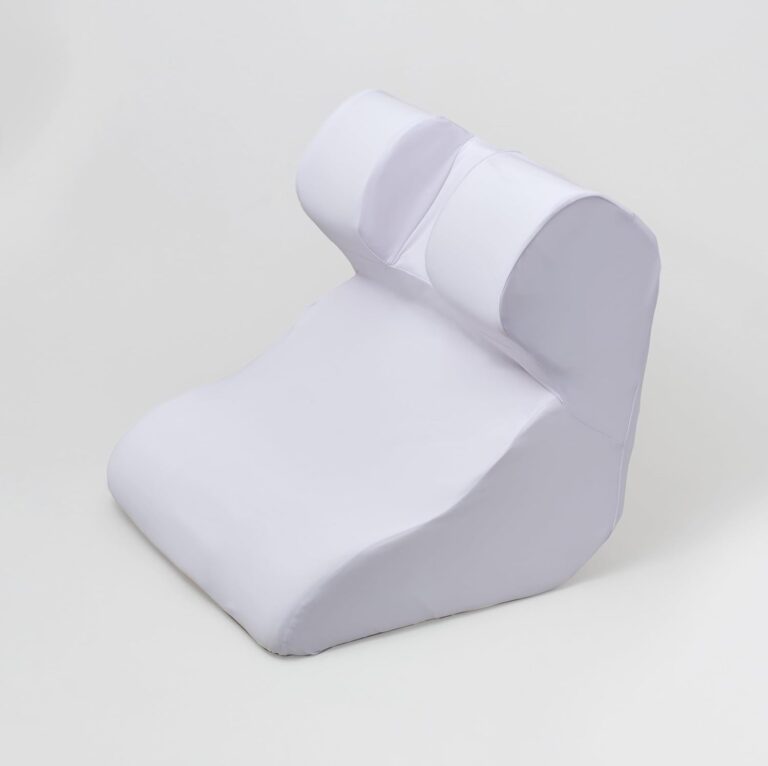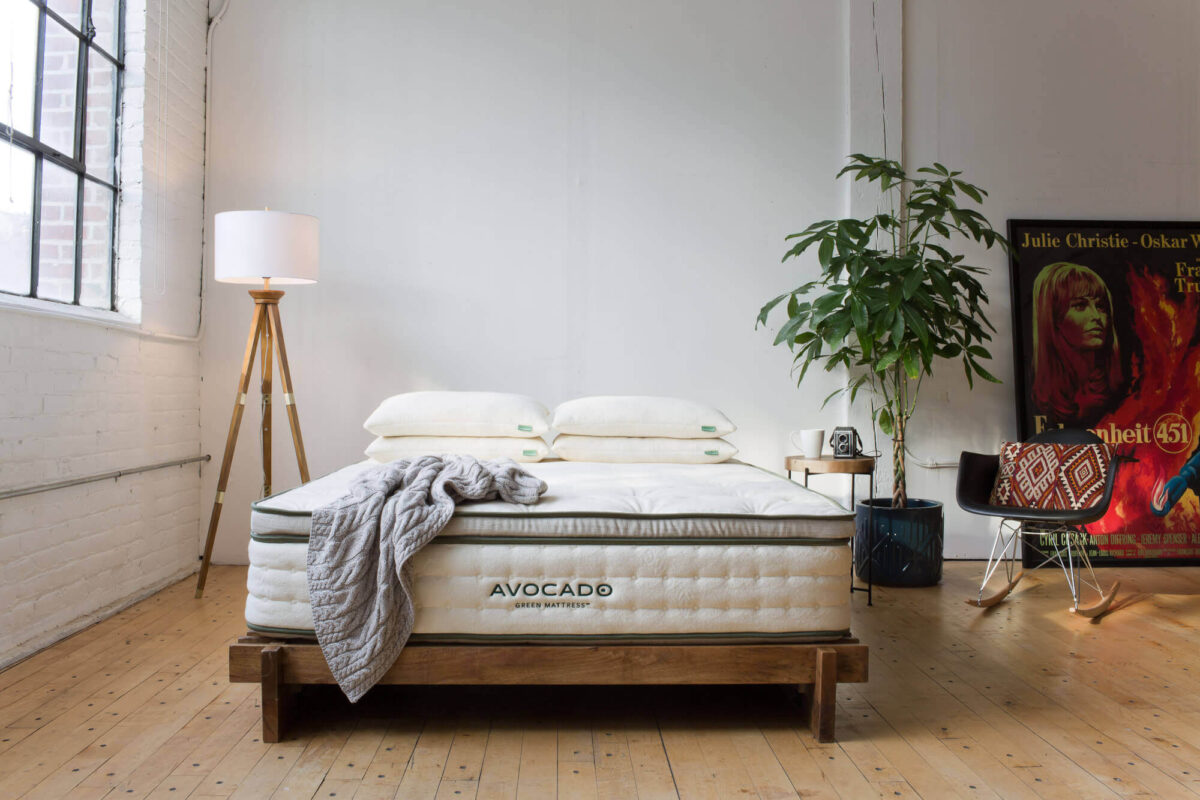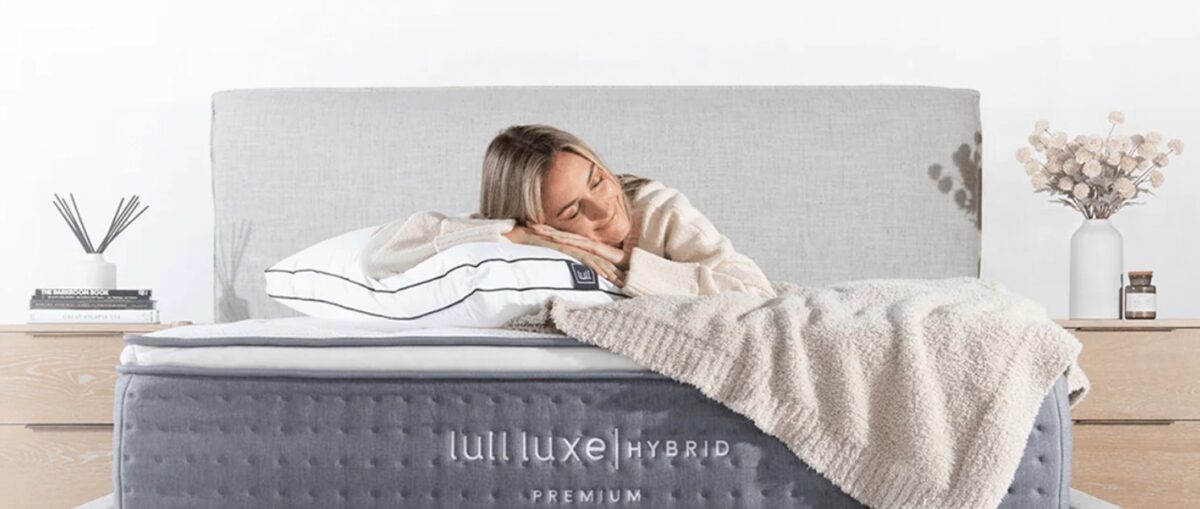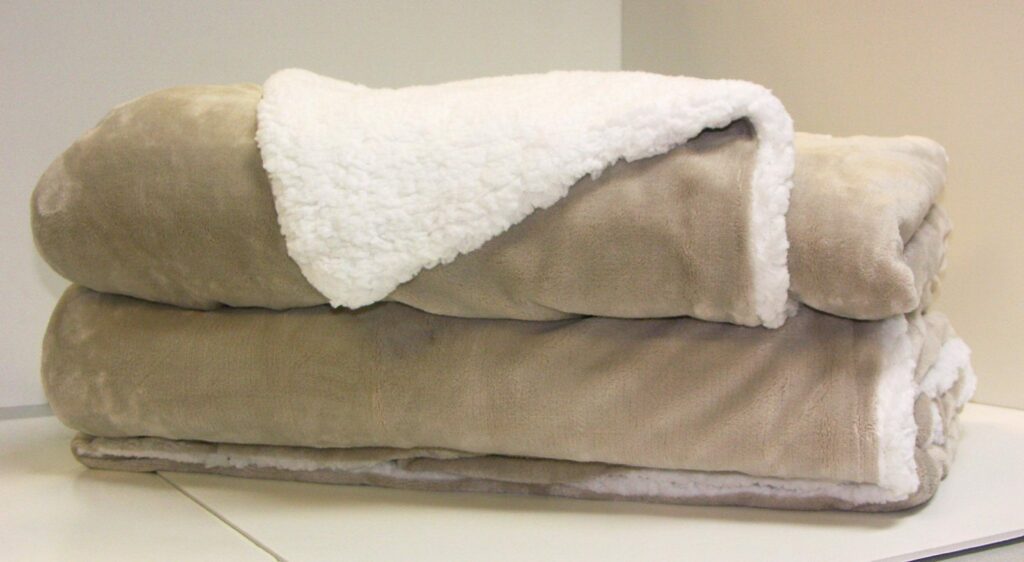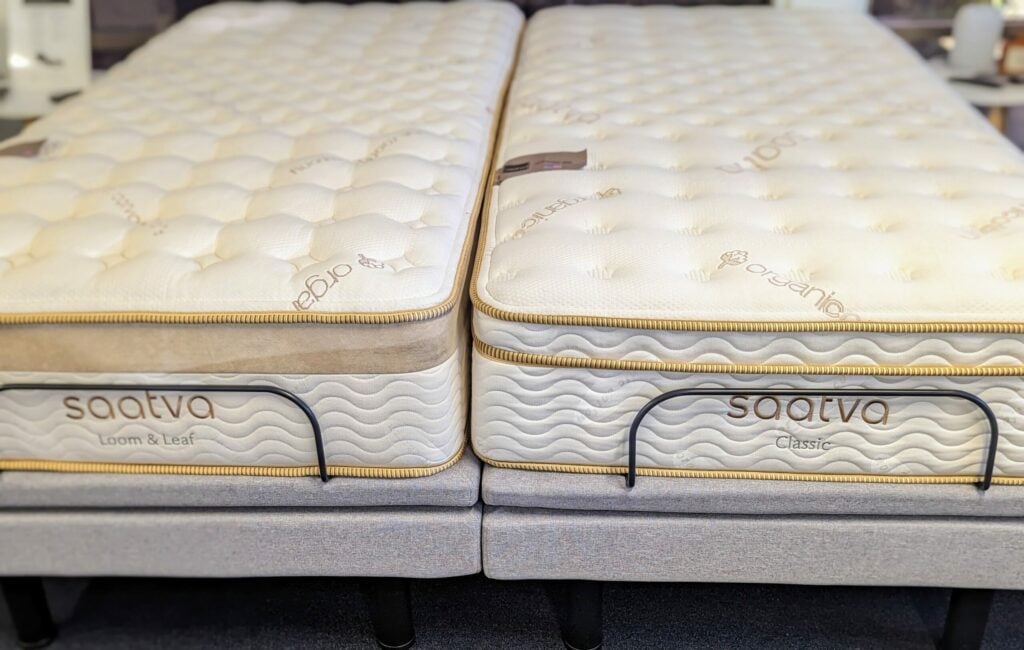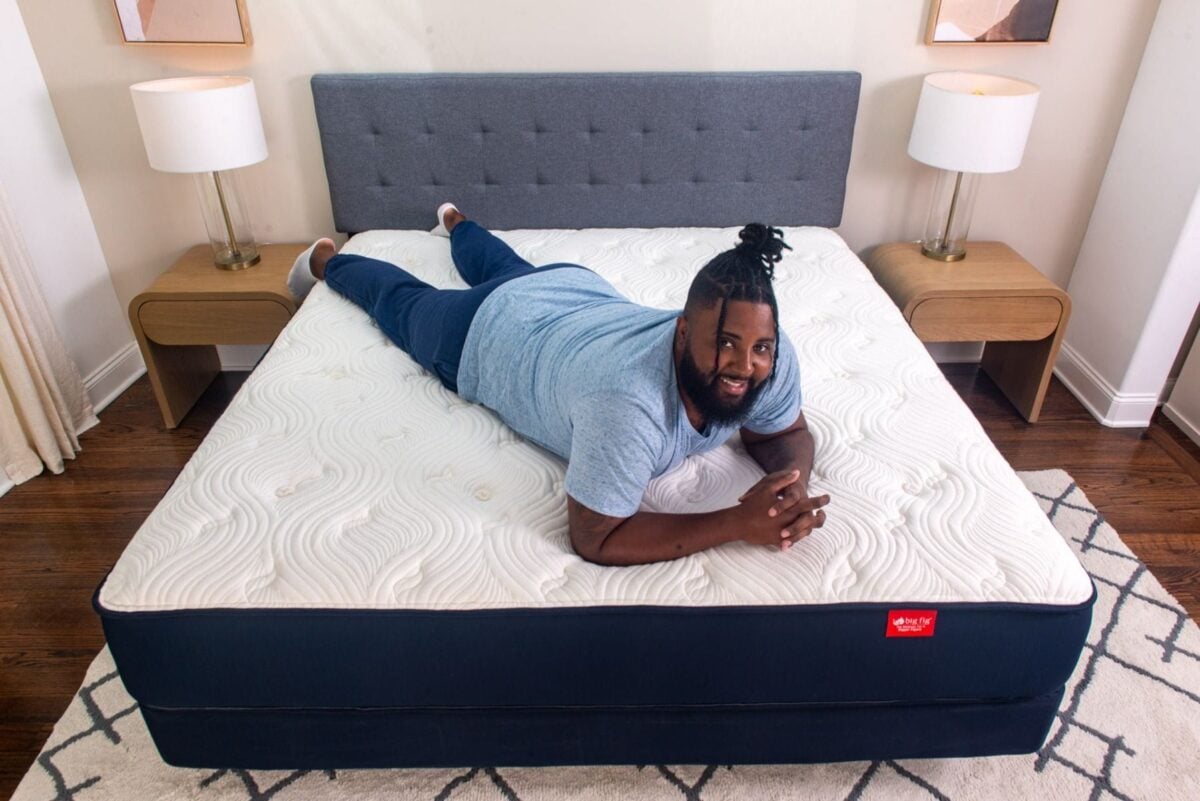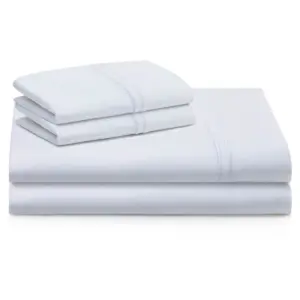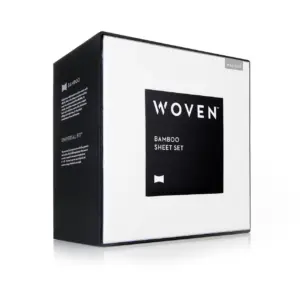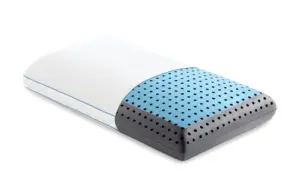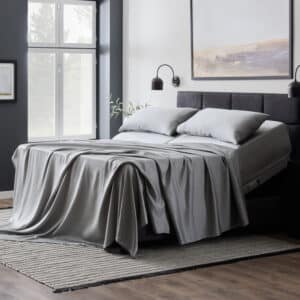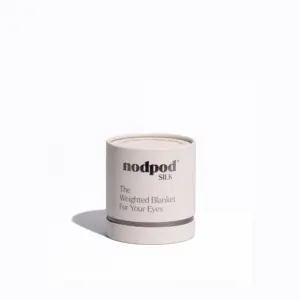The Snorinator Upright Sleep Pillow — My Real-World Experience
As seen on Shark Tank. A posture based anti-snoring pillow that props you upright to open your airway and quiet the night.
See price and availabilityI’ve reviewed countless sleep products over the past decade, but The Snorinator stood out for one reason: it’s purely mechanical. No electronics, no straps, just shape and gravity working together. After its Shark Tank debut — where Lori Greiner and Michael Strahan invested — curiosity won out and I bought both sizes to test personally.
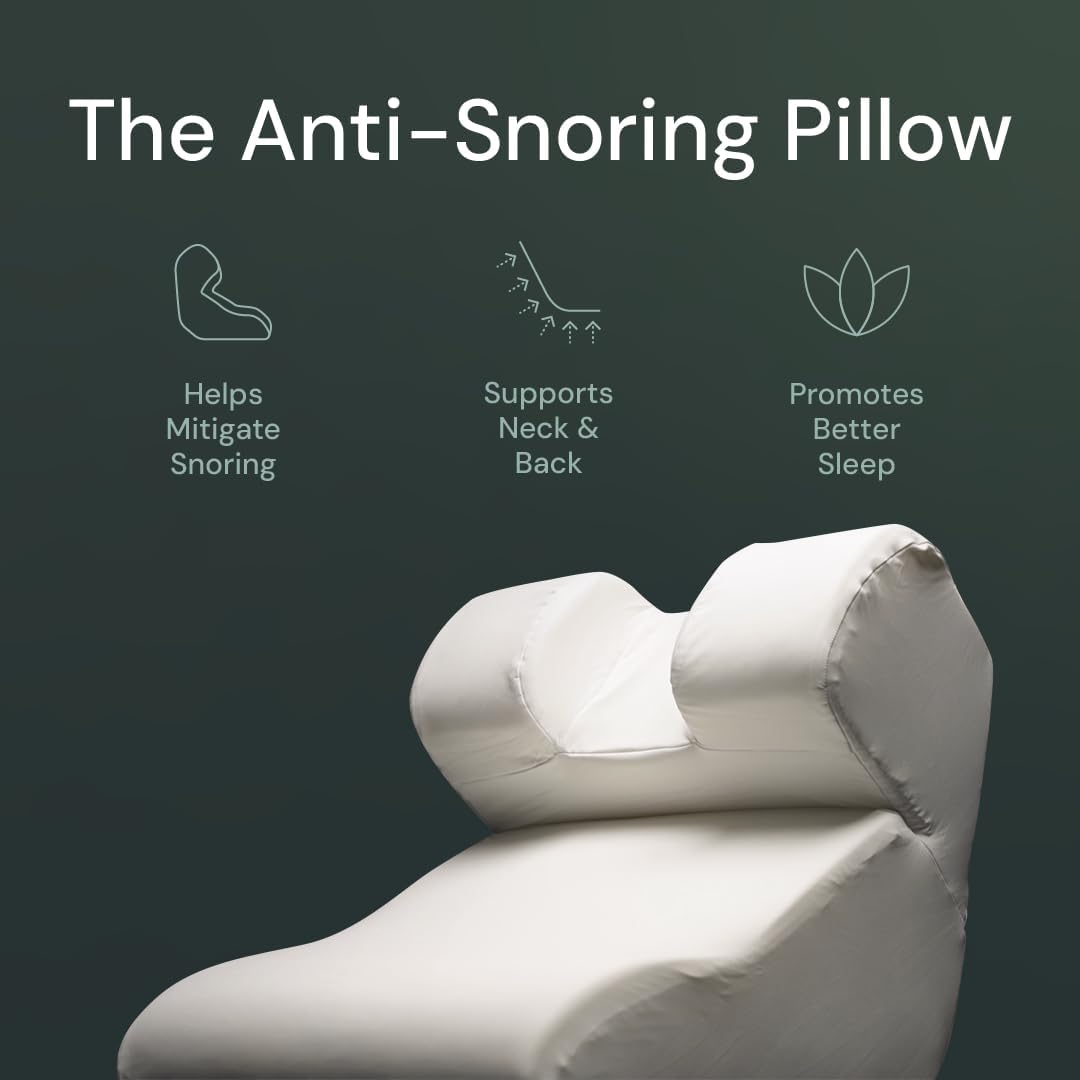
I spent two full weeks alternating nights with and without my CPAP machine to see how much of a difference posture alone could make. Here’s what I found.
First impressions
Out of the box, the Snorinator feels dense, structured, and almost sculptural. It’s not a wedge — more of a hybrid between a chair back and a memory foam cradle. The foam has a slow rebound and the cover feels soft, though I’d love a fully zippered washable option.
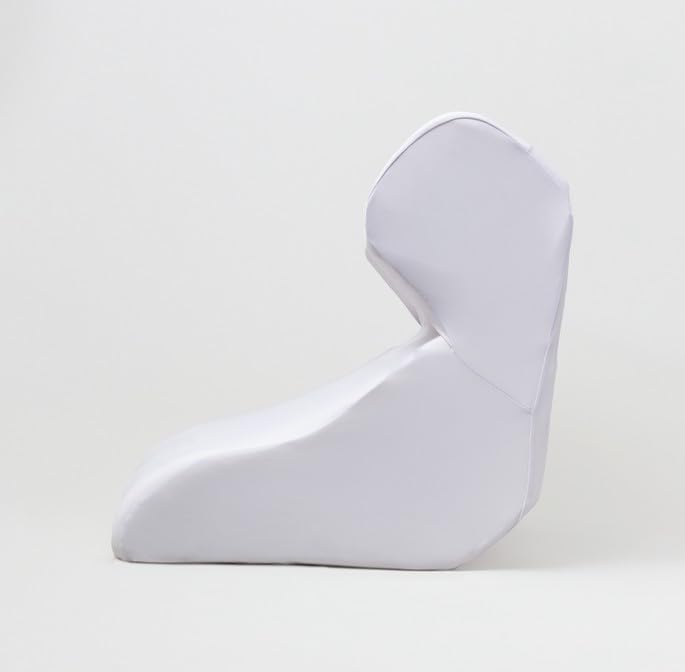
The large version takes up some serious space, but that’s part of its strength — it supports the entire torso without collapsing. If you’ve ever stacked pillows to try to sleep upright, this fixes that frustration.
Testing without CPAP
I started bare — no CPAP, no gadgets — just the pillow. Within the first night, the change was obvious. My snore recordings dropped in both frequency and intensity, something CNN Underscored also noted in their testing. The upright angle kept my airway open longer, and my usual morning fog lifted. My partner said the difference was instant: less rumbling, fewer wake-ups.

- Reduced snore volume and fewer interruptions
- Better oxygenation feel — no morning grogginess
- Lower back felt better with a knee pillow for balance
For non-clinical snorers, this might be the simplest experiment you can try before investing in bigger gear.
Testing with CPAP
When I paired the Snorinator with my CPAP (a ResMed AirFit N20 nasal mask), I loosened the straps slightly and routed the hose overhead. The results surprised me — fewer leak alerts and smoother breathing. The upright posture meant I didn’t need as much air pressure to maintain comfort, and the session time on my app improved.
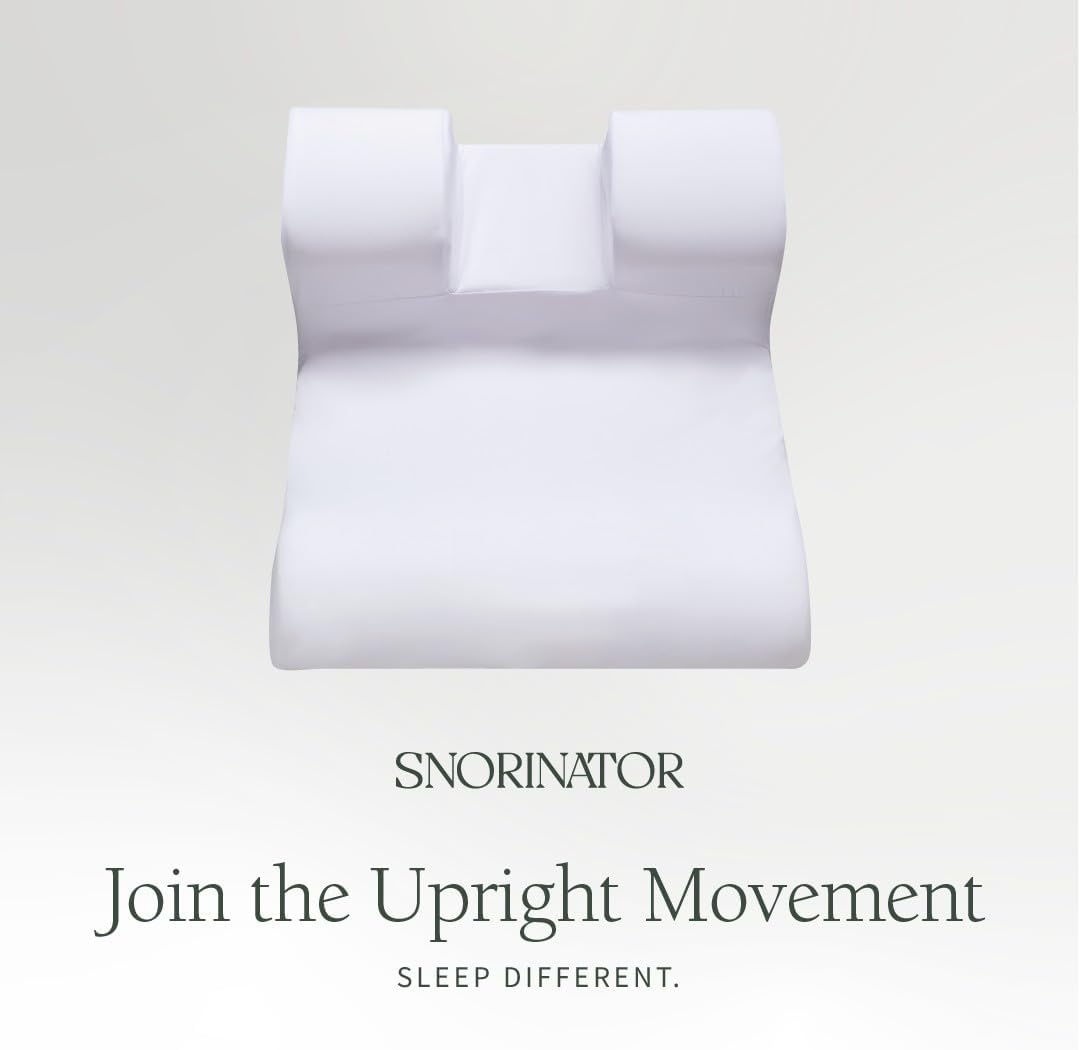
- CPAP readings showed fewer leaks
- Pressure requirements felt slightly lower
- Comfort improved for upright relaxation reading too
There’s some hose management required, but once dialed in, it’s a great setup. I ended up using it even for late-night reading.
Design and ergonomics
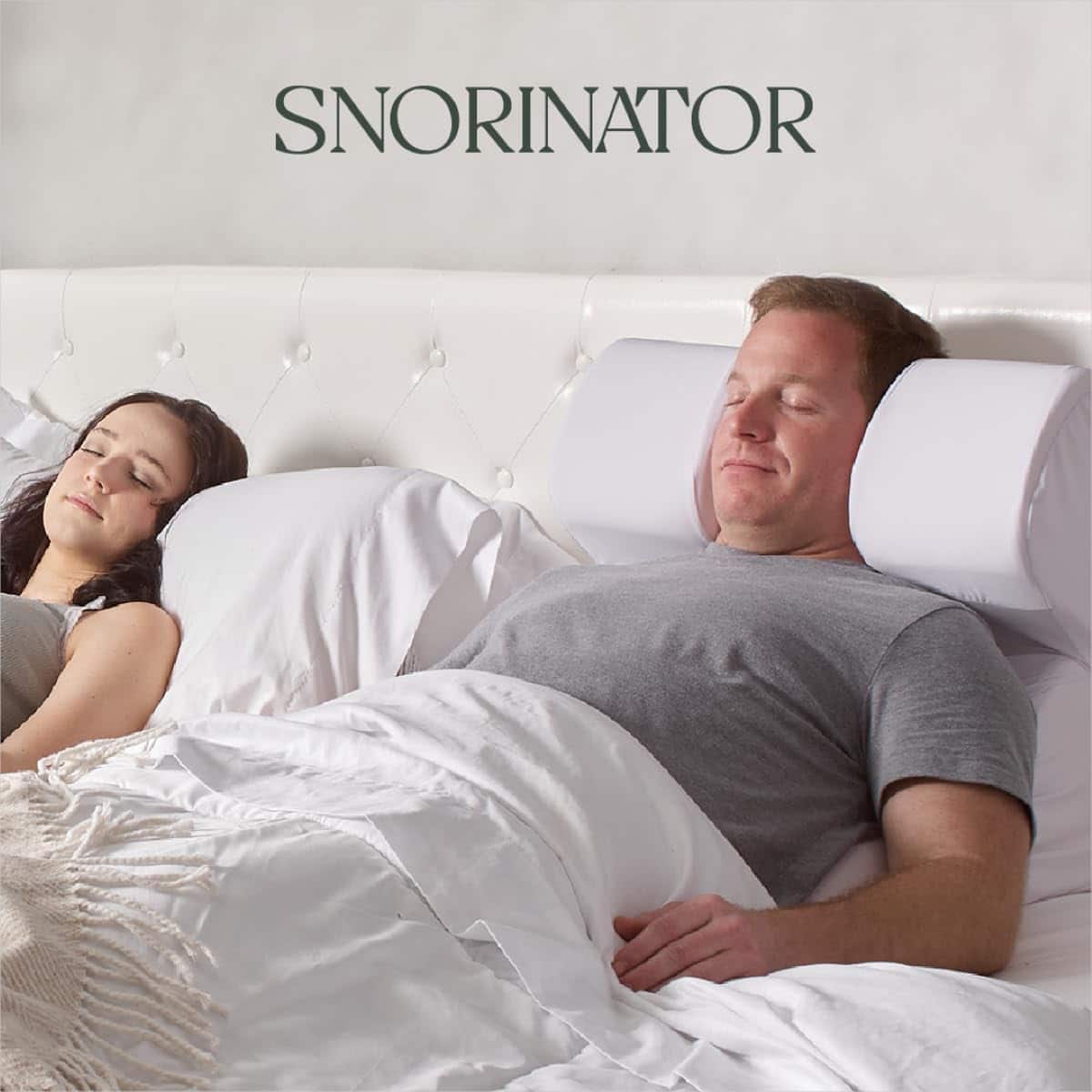
The internal structure encourages roughly a 45-degree recline, similar to a hospital Fowler’s position. That angle helps relieve pressure on the diaphragm and throat. The cradle keeps the head from dropping forward — the culprit in most wedge pillow failures. CNN’s review echoed this, calling the Snorinator “surprisingly comfortable for upright sleep” and “ideal for people struggling to stay flat.”
How it compares
| Pillow type | Snore effect | Comfort | Ease | Notes |
|---|---|---|---|---|
| Standard wedge | Moderate | Fair | Easy | Can cause chin drop and lower-back tension |
| Contour memory foam | Low | Good | Very easy | Supports neck alignment but not airway |
| CPAP cutout | High (with CPAP) | Good | Medium | Mask comfort only |
| The Snorinator | High even without CPAP | Very good | Simple | Upright head cradle, Shark Tank backed |

Verdict
After two weeks, The Snorinator earned a permanent spot near my nightstand. It’s not small and it won’t replace medical treatment, but it’s a clever, effective design that gave me quieter nights and better mornings. Whether you use CPAP or not, the posture support works. For $159, it outperforms most wedges I’ve tried over the years — and the Shark Tank backstory doesn’t hurt.

FAQs
- Was this on Shark Tank?
- Yes. The Snorinator was featured on Shark Tank and secured investment from Lori Greiner and Michael Strahan.
- Does it really help without CPAP?
- In my testing, yes. Snoring intensity dropped and I woke clearer. Media testers reported similar results.
- Can side sleepers use it?
- It is optimized for back sleeping. A body pillow can help if you prefer the side.
- Is the foam safe?
- It is CertiPUR US certified for content and durability.
- What is the return policy?
- Typically around thirty days direct from the brand. Confirm details at checkout.
Why I think it is superior to other snoring pillows
I have tested wedges, contour shapes, and CPAP cutout pillows for years. The Snorinator works better for me because it solves the two problems that make most wedges fail. First, the head cradle limits chin drop so the airway stays more open. Second, the base supports the whole torso so you do not slide down during the night. That stability is what kept my snoring lower and my sleep more continuous.
- True upright posture with a guided head position
- Full torso support that resists sliding and compressing
- No mouth devices, no electronics, easy nightly setup
- Plays well with CPAP by reducing leaks and strap pressure for me
Bonus for acid reflux
If you deal with night time reflux, elevation can help keep stomach contents where they belong. Sitting up reduces backflow into the esophagus and lowers the chance of that sour wake up. I noticed fewer reflux flares on congested nights when I stayed upright on this pillow. It is not a treatment, but the posture is a simple, low effort way to stack the odds in your favor.
For ongoing reflux or suspected sleep apnea, talk with a clinician. Upright comfort helps, but it is not a substitute for diagnosis and care.

